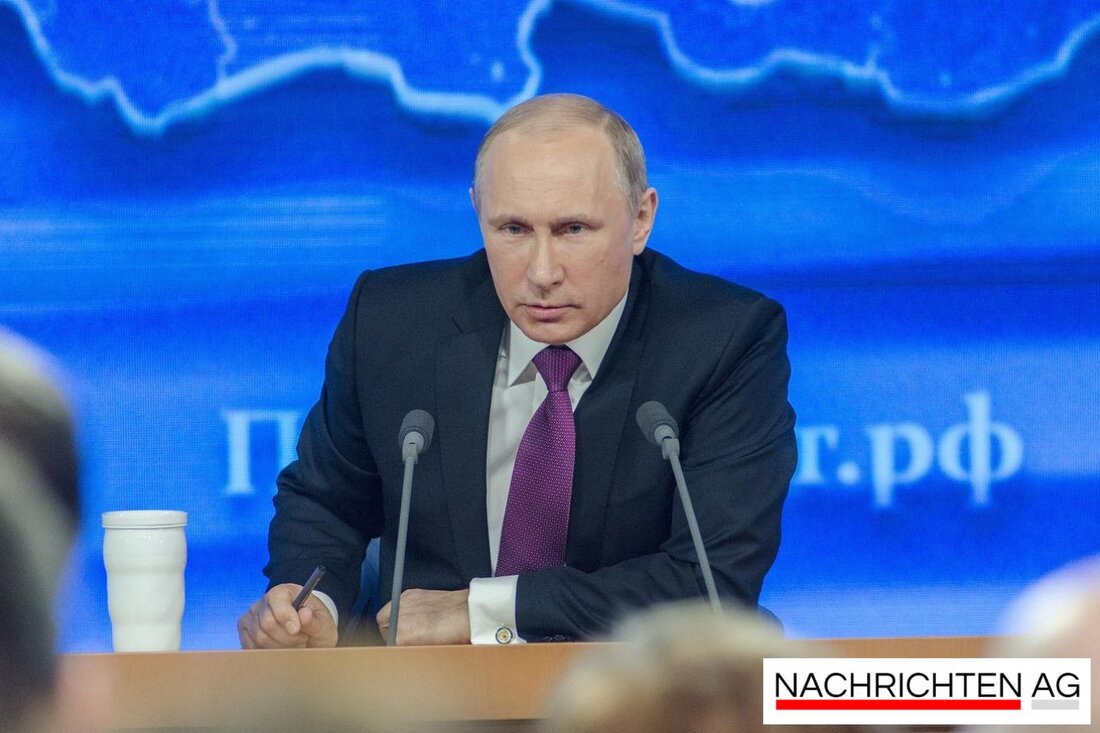India's Oil Dilemma: U.S. Tariffs Spark Geopolitical Tensions in 2025
Explore the geopolitical implications of India’s rising Russian oil imports amid escalating U.S. tariffs and global energy market shifts.

India's Oil Dilemma: U.S. Tariffs Spark Geopolitical Tensions in 2025
The geopolitical landscape is changing rapidly, embodied most vividly by Indian Prime Minister Narendra Modi’s recent participation at the Shanghai Cooperation Organisation summit in China. Amidst rising tensions between global powers, Modi has been navigating a tricky path, particularly in the context of India’s energy needs and its increasing reliance on Russian oil.
As reported by Sky News, the U.S. has laid down a hefty 25% tariff on Indian imports of discounted Russian crude oil, bringing the total duties to a staggering 50%. This is no small feat, and it underscores the growing friction in U.S.-India relations as the two countries grapple with broader geopolitical dynamics.
The Ramifications of U.S. Tariffs
The West’s pushback against Russian aggression following the Ukraine conflict has manifested as a series of escalating tariffs. The initial 25% tariff was imposed on August 1, 2025, and on August 6, another 25% was added, culminating in the full implementation of a 50% tariff by the end of that month. Discovery Alert highlights that these punitive measures are designed to pressure India into cutting back on its significant Russian oil purchases, which have skyrocketed to account for approximately 35-40% of the country’s oil imports, amounting to around 1.6 million barrels per day.
Financially, the implications are striking. Since 2022, India has reportedly saved up to $25 billion due to these discounted purchases, making it tough for the nation to agree to a reduction in alignment with U.S. requests. Additionally, India’s energy security needs and pursuit of strategic autonomy further complicate this issue, as the U.S. struggles to contend with India’s steadfast ties to Russia.
India’s Energy Strategy and Challenges
Not surprisingly, Modi’s government has been recalibrating its foreign relations to face these unprecedented challenges. The long-standing relationship with Russia dates back to the Cold War, where India heavily relied on Russian military equipment—suppliers for a whopping 65% of its armament needs in recent decades. However, with the pressure from the U.S., the narrative may need a dial-up. Some analysts suggest a gradual diversification of military hardware may be on the table, although that path appears complex and time-consuming.
Meanwhile, India is under increasing scrutiny as U.S. Treasury officials have characterized its Russian oil procurement as „profiteering“ from the ongoing conflict. The question on everyone’s mind: Can India afford to turn away from Russian crude? Cutting this essential lifeline could raise fuel bills by nearly $9 billion in 2026 and $11.7 billion in 2027, a staggering figure considering India’s economic landscape.
The Bigger Picture Beyond Tariffs
The implications for global energy markets are massive. Ainvest stresses that if India halts its Russian oil imports, the global oil market could face serious disruptions, possibly causing price spikes between 10-15%. With India’s role as a pivotal player in refining and re-exporting Russian crude, the struggles of the U.S. to isolate Russia may fall short amidst India’s economic pragmatism.
As conversations swirl around evolving energy adaptations, India’s pivot towards alternative suppliers is already in motion. Despite U.S. tariffs targeting Indian exports—which could see a 37% dip in U.S. goods to India, particularly textiles and gems—India is forging ahead. The exploration of alternative payment mechanisms and increased purchases from the Middle East, U.S., and Brazil may soon reshape the energy landscape.
In essence, India’s dance with Russia amidst U.S. pressure encapsulates a larger narrative of economic pragmatism over geopolitical alignment. With the world watching, India’s actions today could herald a new era of global energy relations—one that emphasizes self-reliance while navigating the complexities of international diplomacy. Will the U.S. be able to influence India’s course, or is Modi’s strategy set to endure amidst the shifting sands of global energy markets?

 Suche
Suche
 Mein Konto
Mein Konto